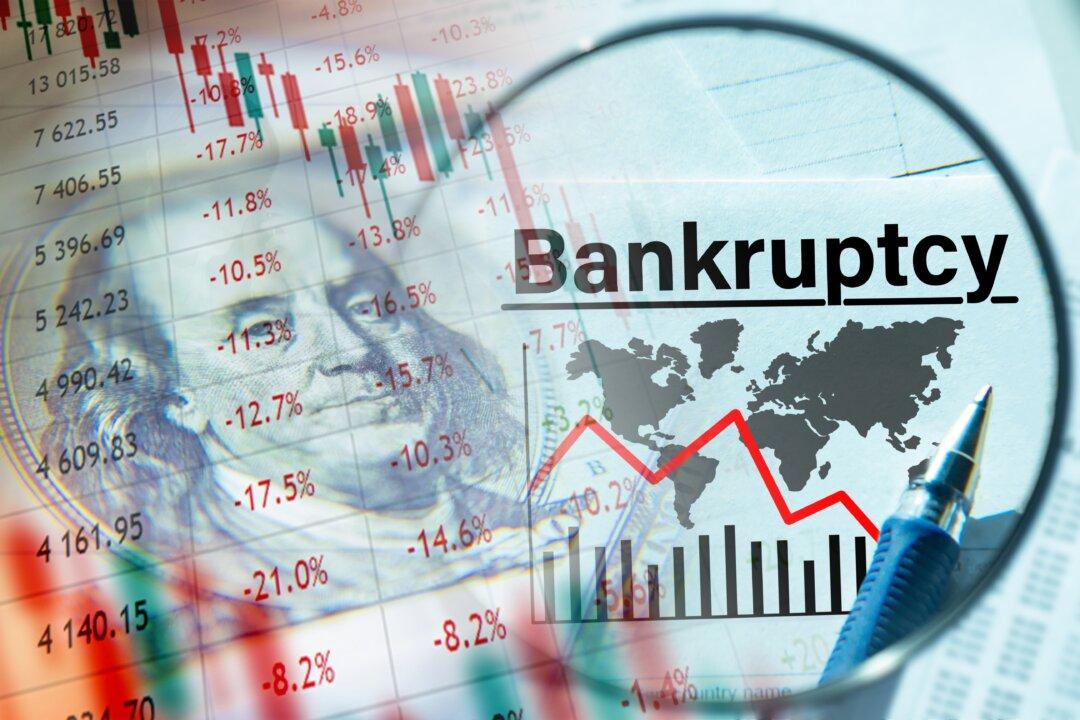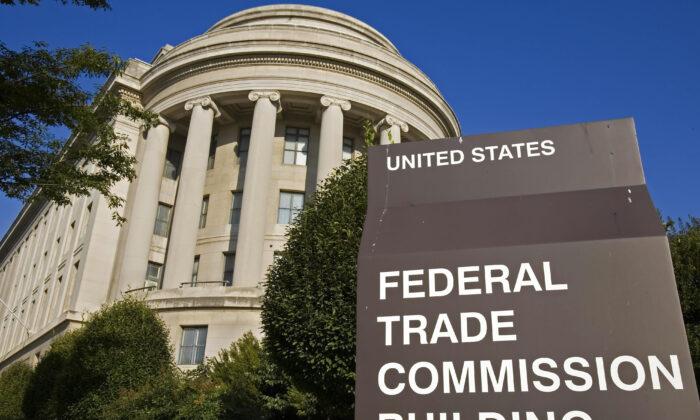U.S. corporate bankruptcy filings have soared to a 14-year high as U.S. businesses continue to face pressure from tighter credit conditions and softer consumer demand.
U.S. businesses faced sustained pressure from elevated interest rates in 2024, compounded by a quarterly record of $8.453 trillion in total debt among credit-rated nonfinancial U.S. companies, according to S&P Global Market Intelligence.
“Higher for longer is the mantra headed into 2025,“ Bankrate chief financial analyst Greg McBride told The Epoch Times in a recently emailed statement. ”The Fed’s quarterly projections indicate a common expectation of just two interest rate cuts for next year, a change of thinking from September when the median expectation was four rate cuts.”
Federal Reserve Chair Jerome Powell told a press conference on Dec. 18 that September’s inflation projections had “fallen apart,” with an uptick in inflationary data in recent months being the single biggest factor. Powell reaffirmed the Fed’s commitment to bringing inflation down to around the 2 percent mark and declined to rule out interest rate increases if the data warrant monetary tightening.
“You don’t rule things completely in or out in this world,” Powell said.
Besides the lingering impact of higher interest rates on U.S. companies, waning consumer demand and the ongoing slump in U.S. factories also contributed to the 14-year high in corporate bankruptcies. The S&P Global Market Intelligence data showed that companies in the consumer discretionary and industrials sectors led the 2024 bankruptcy filings. The two sectors combined for 196 filings, representing 28 percent of all bankruptcies for the year.
Companies in the consumer discretionary sector, which rely heavily on spending for nonessential goods and services, have been hit hard by inflation and higher interest rates, which have squeezed household budgets and reduced discretionary spending. As consumers cut back, businesses in this sector face declining revenues and rising financial strain.
“Despite the new tide of optimism, consumers across income levels and generations said they plan to keep their spending habits relatively subdued, particularly in discretionary and luxury categories,” the McKinsey report states. “Their reported spending intentions suggest consumers are willing to delay immediate gratification in favor of long-term financial stability.”
Deloitte found that discretionary spending intentions have increased in recent months but remain weaker than 2021 levels. Bain & Company described the American consumer as being in a “healthy spending posture” in the final weeks of 2024 but signaled a slowdown heading into 2025.
“One source of concern was the driver of December’s 2.4-point decline in the survey’s spending intentions reading, with this being primarily due to a 3.2-point drop in spending intent among upper-income earners, with incomes of $100,000 a year or more, who represent the majority of discretionary consumer spending in the U.S.,” Karen Harris, managing director of Bain & Company’s macro trends group, wrote in the report.
Altogether, the reports suggest possible headwinds ahead for U.S. corporations in the consumer discretionary sector, possibly setting up 2025 as a year in which the bankruptcy trends continue.







